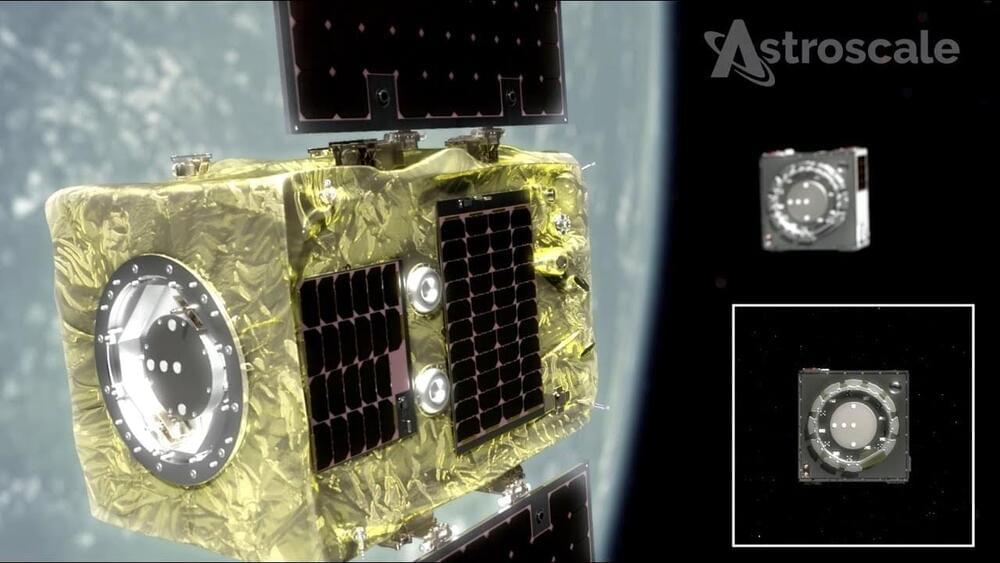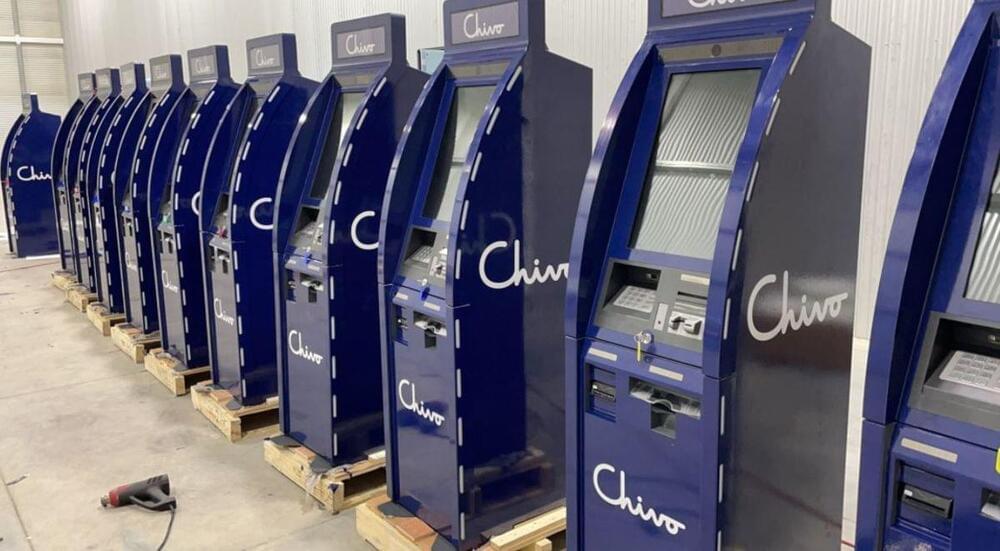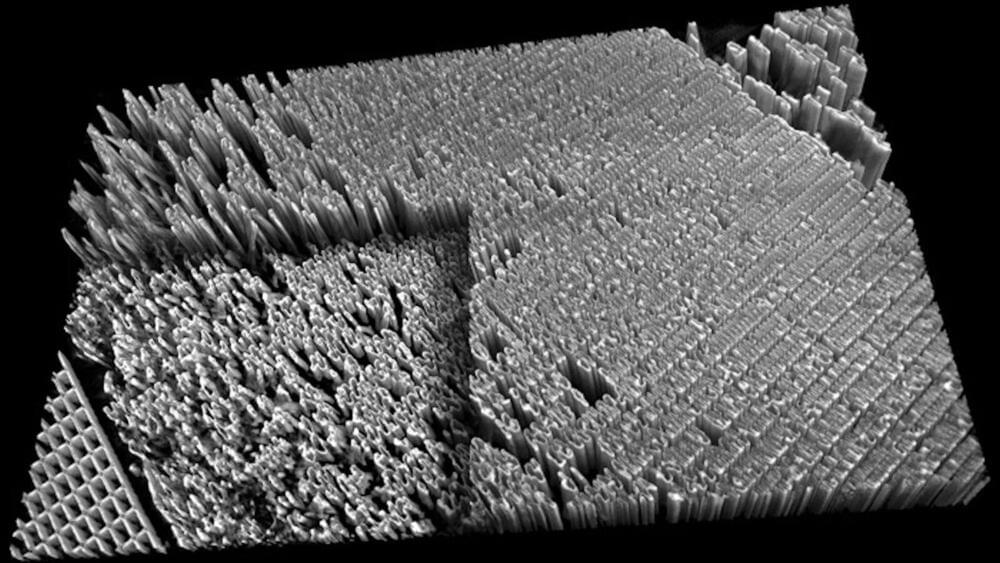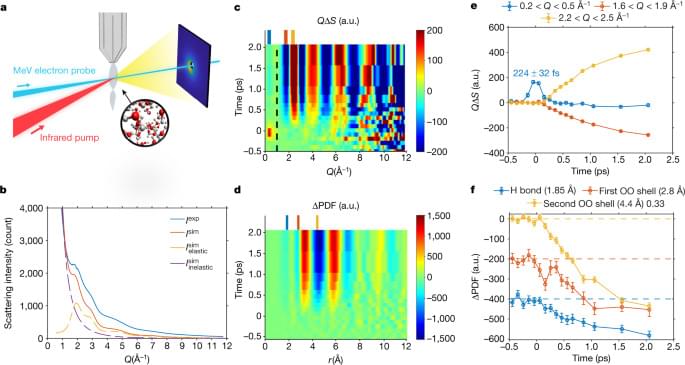Researchers uncover new backdoor used by FIN8 to target financial institutions.
A computer retailer in the United States was recently attacked with a new backdoor malware called “SideWalk.”
Silicon Valley’s most succesful incubator is doubling down on space tugs.
Backed by Y Combinator, the space company is developing solar thermal rockets.
Maybe.
To combat this issue, Astroscale Inc., a private Japan-headquartered company, has devised several commercial spacecrafts tasked with decluttering space. The company is on track to deliver the world’s first garbage truck for removing defunct satellites in 2,024 and today announced its prototype completed its first demonstration in space. Although experts say that one active debris remover isn’t enough to solve the problem, it is an important move toward protecting valuable equipment in space, including satellites that aid with everything from weather forecasts to GPS navigation.
“Those services are under threat,” says Lewis. “That threat is the destruction of the satellites, or the disruption to the services because we have to maneuver the satellites to avoid the space debris.”
The world of lab-grown meats is fast filling with all kinds of tasty bites, from burgers, to chicken breasts, to a series of increasingly complex cuts of steak. Expanding the scope of cultured beef are scientists from Japan’s Osaka University, who have leveraged cutting-edge bioprinting techniques to produce the first lab-grown “beef” that resembles the marbled texture of the country’s famed Wagyu cows.
From humble beginnings that resembled soggy pork back in 2,009 to the classic steaks and rib-eyes we’ve seen pop up in the last few years, lab-grown meat has come along in leaps and bounds. The most sophisticated examples use bioprinting to “print” living cells, which are nurtured to grow and differentiate into different cell types, ultimately building up into the tissues of the desired animal.
The Osaka University team used two types of stem cells harvested from Wagyu cows as their starting point, bovine satellite cells and adipose-derived stem cells. These cells were incubated and coaxed into becoming the different cell types needed to form individual fibers for muscle, fat and blood vessels. These were then arranged into a 3D stack to resemble the high intramuscular fat content of Wagyu, better known as marbling, or sashi in Japan.
El Salvador began installing Bitcoin ATMs, allowing its citizens to convert the cryptocurrency into U.S. dollars and withdraw it in cash, as part of the government’s plan to make the token legal tender.
The government will install 200 of the teller machines to initially accompany its digital wallet called Chivo, a local slang term for ‘cool,’ President Nayib Bukele said on Twitter. Transactions will be commission free, he said, adding that there will also be 50 financial branches across the country for withdrawing or depositing money.
Secretome Derived Regenerative Therapeutics — Dr. Hanadie Yousef Ph.D., Co-Founder & CEO, Juvena Therapeutics
Dr. Hanadie Yousef, Ph.D. is a Scientist, Co-Founder and CEO of Juvena Therapeutics (https://www.juvenatherapeutics.com/), a regenerative medicine company developing protein therapeutics to promote tissue regeneration and increase healthspan, to prevent, reverse, and cure degenerative diseases.
For over 17 years, Dr. Yousef elucidated mechanisms of aging and developed methods for tissue regeneration supported by multiple awards, fellowships and grants. Her discoveries were published in top publications that include Nature Medicine and led to several issued patents which laid the foundation of Juvena Therapeutics’ venture-backed, drug discovery and pre-clinical development platform.
It’s been a truth for a long time: if you want to study the movement and behavior of single atoms, electron microscopy can give you what X-rays can’t. X-rays are good at penetrating into samples—they allow you to see what happens inside batteries as they charge and discharge, for example—but historically they have not been able to spatially image with the same precision electrons can.
But scientists are working to improve the image resolution of X-ray techniques. One such method is X-ray tomography, which enables non-invasive imaging of the inside of materials. If you want to map the intricacies of a microcircuit, for example, or trace the neurons in a brain without destroying the material you are looking at, you need X-ray tomography, and the better the resolution, the smaller the phenomena you can trace with the X-ray beam.
To that end, a group of scientists led by the U.S. Department of Energy’s (DOE) Argonne National Laboratory has created a new method for improving the resolution of hard X-ray nanotomography. (Nanotomography is X-ray imaging on the scale of nanometers. For comparison, an average human hair is 100,000 nanometers wide.) The team constructed a high-resolution X-ray microscope using the powerful X-ray beams of the Advanced Photon Source (APS) and created new computer algorithms to compensate for issues encountered at tiny scales. Using this method, the team achieved a resolution below 10 nanometers.
Liquid ultrafast electron scattering measures structural responses in liquid water with femtosecond temporal and atomic spatial resolution to reveal a transient hydrogen bond contraction then thermalization preceding relaxation of the OH stretch.
Being You
Posted in neuroscience
Our world and the self are constructions of the brain, a pioneering neuroscientist argues.








